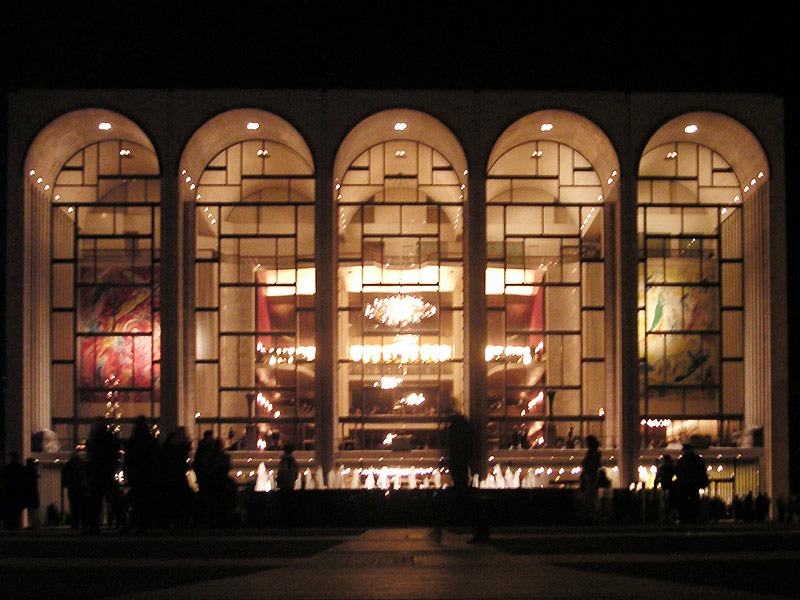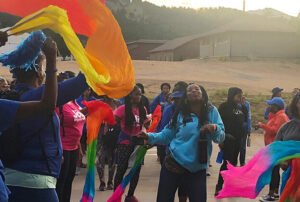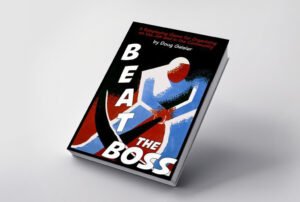
November 11, 2020; Columbus Business First; Classic FM
In mid-October NPQ published an article about the various business models of museums in Europe and the ways that those models affected the institutions’ ability to weather the pandemic. These variations are not always entirely predictable and have everything to do with the nature of the crisis being faced. In this case, any nonprofit who depends on the “butts in seats” business model is vulnerable to the extent of that dependence, placing arts groups with proportionately more dependence upon donors than customer patrons in a better position to survive – at least for the time being. Below are two contrasting cases that exhibit exactly what we mean.
Orchestra musicians with the New York Metropolitan Opera (Met Opera) have been living without pay since April; a third of them have left the city because they can’t afford to pay rent. Just over half a year ago their lives were severely altered and went from having a dream job to leaving everything behind.
“My husband, who is also a musician, and I were getting ready to purchase our first home but were suddenly faced with leaving our apartment and moving in with my parents,” Chelsea Knox told Classic FM. “Emotionally the loss of identity has been as challenging as the loss of income.”
With a budget of $300 million, the Met Opera was too large to be eligible to apply for the Paycheck Protection Program; the nonprofit estimates its loss will total $100 million by the end of 2020. The Met Opera released a statement that it has been paying the musicians’ health care and has offered “financial assistance from now until the summer as part of long-term contract proposals.” However, the musicians have been left largely to fend for themselves. They are the only major orchestra group in the country that has not been paid since the pandemic started. They are by no means entirely alone, however with orchestras all over the country laying off and cutting the pay of musicians and staff as the virus lingers.
Supported by unemployment insurance payments that are set to expire soon, many of the world class musicians of the Met have been playing the streets of New York to stay visible. They set up a nonprofit, MET Orchestra Musicians, to request donations in exchange for playing for free at different venues and offering Master classes via Zoom. They also partnered with Princeton University and the University of Montpellier in France to commission research on the air flow of opera singers and find safe ways to get back to live performing in the NY Opera House. The Met Opera management, however, decided not to participate in this research.
Sign up for our free newsletters
Subscribe to NPQ's newsletters to have our top stories delivered directly to your inbox.
By signing up, you agree to our privacy policy and terms of use, and to receive messages from NPQ and our partners.
In contrast, the Columbus Symphony Orchestra (CSO) in Ohio has avoided laying off any of its 45 full-time musicians and 14 staff members. With a budget of $9 million a year, it managed to keep its losses at $1.5 million and keep everyone on the payroll, with benefits. Why such a difference?
Quite simply, the CSO has a lower dependence on “butts in seats” earned revenue at the point when that model is a danger to public safety, having relied more on building a large enough faithful donor base to support 65 percent of its budget.
“Despite the fact that it’s been a catastrophic health situation, it has not affected our donor base’s ability to help us,” Executive Director Denise Rehg told Columbus Business First.
Let’s be clear, the model itself is not inherently better but, in this circumstance it better suits the stresses of the moment and the orchestra has worked with that benefit to engage and engage its public in every safe way it can think of even if there are no tickets being sold. It has continued to develop music curriculums for local schools, youth mentorships and fellowship programs, a virtual gala fundraiser, and dozens of private performances for patrons. They’ve also played 20 free outdoor concerts for a community that knows them and is eager to support them and are planning to expanding their community during this period by doing concerts in areas that are less likely to be active concertgoers, a wise move that may allow the group to roar back when possible.
This kind of plan built on a business model difference allows a group to work countercyclically to type, which in this case is orchestras. One useful notion at this time is to take stock of where your capital exists and can be built during this period where some will be simply be abandoning, at least temporarily, the spaces you have inhabited. —Sofia Jarrin and Ruth McCambridge












